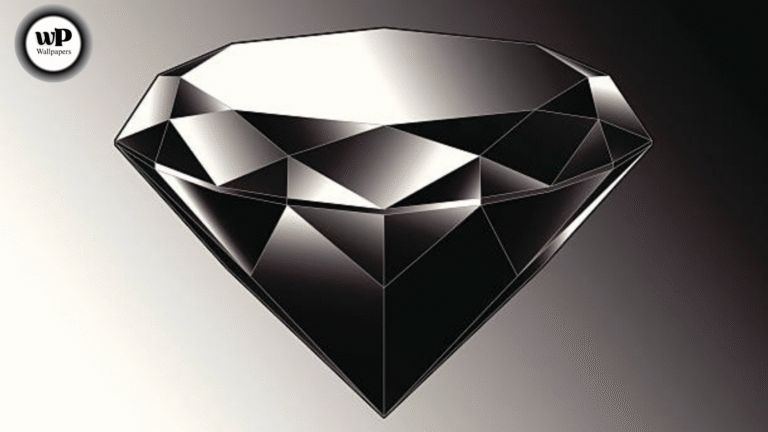The textile industry has made dramatic advancements over the years, and one key innovation driving this progress is the powered weaving loom. These machines have enhanced productivity and significantly improved the quality of fabrics produced. In this guide, we’ll explore powered weaving looms, their workings, their benefits, and how they shape the future of textile manufacturing.
Introduction to Powered Weaving Looms
A powered weaving loom is an advanced machine designed to weave threads into the fabric with high efficiency and precision. Unlike traditional looms, which are operated manually, powered looms are driven by electric motors or other forms of mechanical power, making them faster, more reliable, and capable of handling large-scale production.
In the modern textile industry, powered looms have become the backbone of manufacturing operations. They allow manufacturers to meet the growing demand for fabric while maintaining consistent quality.
The Evolution of Weaving Looms
Weaving looms have been around for centuries, with early versions dating back to ancient civilizations. Over time, these machines evolved from manual models to semi-automated looms, and eventually to the fully powered machines we see today.
Key Milestones in Weaving Loom Technology:
| Year | Event | Description |
| 1785 | Invention of the Power Loom | Edmund Cartwright invented the first power loom, revolutionizing textile production. |
| 1840s | Steam-powered Looms | Steam engines were introduced to power looms, increasing production speed. |
| 1900s | Electric Powered Looms | Electric motors replaced steam engines, improving efficiency and maintenance. |
| 2020s | Smart Weaving Looms | Integration of IoT and AI for predictive maintenance and efficiency. |
These milestones show how weaving looms have evolved from hand-operated tools to technologically advanced machines that power today’s textile industry. Some computer user are finding wallpaper for their computers.
Understanding How Powered Weaving Looms Work
Powered weaving looms operate using a series of mechanical systems, most notably a motion mechanism that facilitates the movement of warp and weft threads. Here’s a breakdown of how powered looms function:
- Warp Threads: These are the long threads that run vertically on the loom.
- Weft Threads: These are the horizontal threads interwoven with the warp threads.
- Shuttle: A shuttle carrying the weft thread is passed through the warp threads.
- Motion Mechanisms: Motors power the shuttle and other components, making the process faster and more precise.
- Take-up Mechanism: The woven fabric is wound onto a roller as it is completed.
Powered Loom vs. Manual Loom
| Feature | Powered Weaving Loom | Manual Loom |
| Speed | Faster production | Slower production |
| Labor Requirements | Low (due to automation) | High (requires skilled labor) |
| Precision | Highly precise and consistent | Less precise |
| Fabric Quality | Uniform and high-quality fabric | Varies depending on the skill |
| Maintenance | Requires technical expertise | Requires manual adjustments |
As shown in the table, powered looms significantly outperform manual looms in terms of speed, precision, and labor requirements. They have revolutionized the way fabrics are produced, making large-scale production possible.
Benefits of Powered Weaving Looms
The introduction of powered weaving looms has brought several benefits to textile manufacturing:
- Increased Production Speed: These looms can weave fabrics at a much faster rate than manual looms, reducing production time.
- Consistent Quality: Powered looms provide consistent quality in every batch of fabric, reducing the chances of human error.
- Cost Efficiency: With automation, powered looms require fewer workers, leading to a decrease in labor costs over time.
- Scalability: Powered looms are capable of running continuously, making it easier for manufacturers to scale production to meet market demand.
Technical Innovations in Powered Weaving Looms
In recent years, powered looms have been integrated with advanced technologies, including:
- Automation and Robotics: These looms can automatically adjust settings for different fabrics, improving efficiency.
- Smart Technology: Powered looms now feature IoT (Internet of Things) integration, allowing manufacturers to monitor the performance of looms remotely and predict maintenance needs.
- Energy Efficiency: Modern looms are designed to be more energy-efficient, reducing the overall environmental impact of textile production.
The Future of Powered Weaving Looms
As we move further into the digital age, the future of powered weaving looms looks promising. Here’s what we can expect:
- More Automation: Increased use of AI and machine learning will enable looms to optimize their settings for different fabric types in real time.
- Sustainability Focus: There will be greater emphasis on making powered looms more energy-efficient and reducing waste in the weaving process.
- Customization: Powered looms will become more adaptable, allowing manufacturers to produce small runs of customized fabrics without sacrificing speed or cost-effectiveness.
Conclusion
Powered weaving looms have revolutionized the textile industry, making fabric production faster, more efficient, and higher quality. These machines not only improve production times and consistency but also offer the scalability necessary for the global demand for textiles. With ongoing advancements in automation and smart technology, powered looms are set to become even more efficient and environmentally friendly.
As manufacturers continue to adopt and adapt these advanced weaving machines, the future of fabric production is bright. Whether you’re a textile manufacturer or simply interested in the mechanics of modern manufacturing, understanding the power and potential of powered weaving looms is essential.
FAQs
What is a powered weaving loom?
A powered weaving loom is an automated machine used to weave fabric from threads, driven by electric motors or other mechanical power, unlike traditional hand-operated looms.
How does a powered weaving loom differ from a manual loom?
Powered looms are faster, require less labor, and produce more consistent, higher-quality fabric compared to manual looms, which are slower and more reliant on human skill.
What are the advantages of powered weaving looms?
The main advantages include faster production speed, improved fabric quality, lower labor costs, and greater scalability for large-scale production.
What is the future of powered weaving looms?
The future involves greater automation, smarter technology integration (e.g., IoT and AI), and a focus on energy efficiency and sustainability in textile manufacturing.
Can powered looms produce custom fabrics?
Yes, with advanced features, powered looms can be adjusted to produce customized fabrics, offering flexibility without sacrificing speed or quality.




